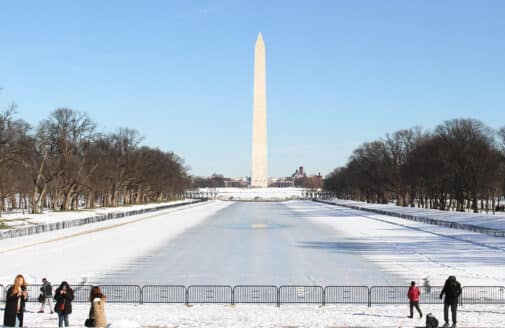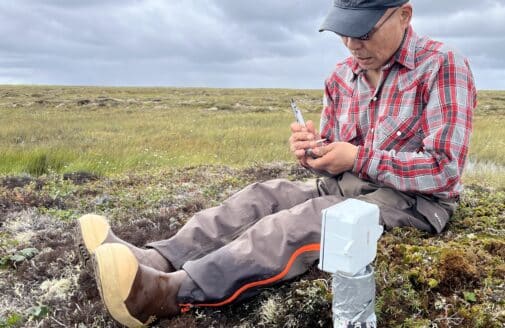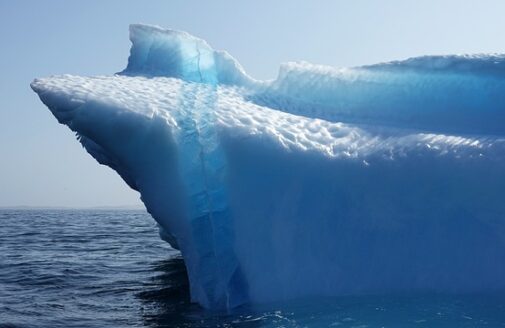New website illustrates changing Arctic landscapes, and impact around the globe
Woodwell Climate Research Center partners with GIS leader Esri to pioneer data visualization of climate crisis in the Arctic
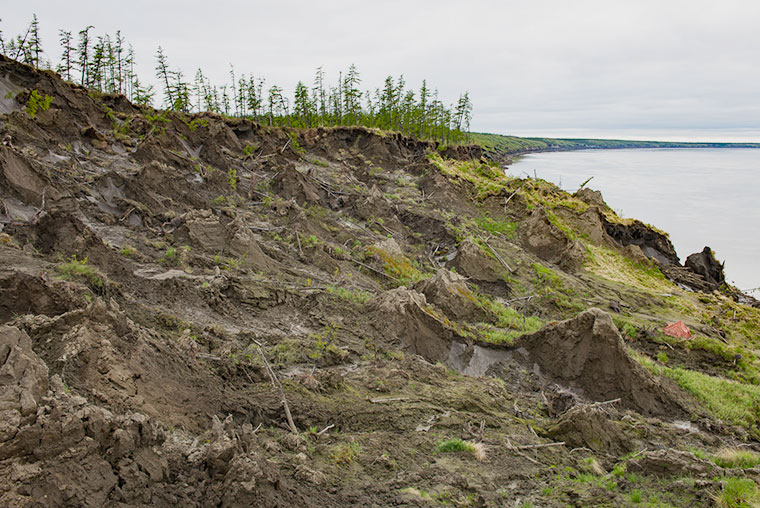
Photo by Chris Linder
The Arctic is warming more than twice as fast as the global average, severely impacting climate systems and communities both in the Arctic and around the world. Understanding these changes and their impact on essential ecosystems will be critical to developing solutions to address the climate crisis. And so, to improve access to information about these issues and spur much needed action, Woodwell Climate Research Center, a leading source of climate science based in Massachusetts, and Esri, the world leader in location intelligence, have launched UnstableGround, an interactive data visualization hub that explores how Arctic landscapes are changing and what that means for the rest of the world.
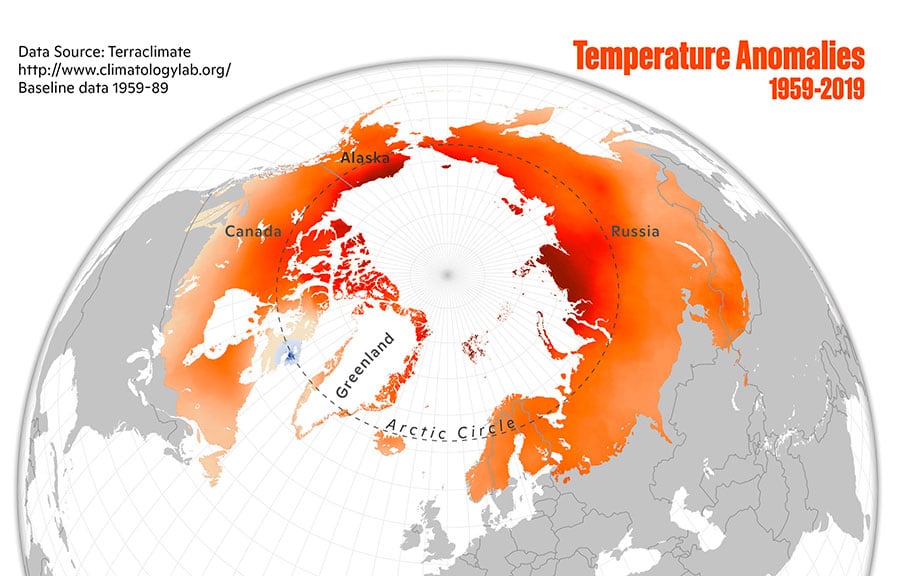
Air temperature anomalies for 2019 are warmer (darker red) in higher latitudes when compared to the baseline of 1959-1989.
map by Greg Fiske
As temperatures rise, the Arctic climate is dramatically changing, affecting plants, ecosystems, permafrost, snow and ice cover, and wildfires. And these changes have a massive impact on our global climate. The permafrost region, for example, stores approximately 1.4 trillion tonnes of soil organic carbon. As the Arctic warms, the permafrost is thawing, which can release that carbon into the atmosphere at a rapidly accelerating rate, raising the temperature of the whole planet and compounding climate risk for communities across the world.
Yet for most people, these changes remain out-of-sight, out-of-mind. UnstableGround is designed to help change that, allowing users to visualize and understand the rapidly changing Arctic. UnstableGround includes stories, maps, statistics, and custom applications which allow users to interact with spatial data to assess trends over time.
“What happens in the Arctic doesn’t stay in the Arctic,” said Woodwell scientist and Arctic expert, Dr. Sue Natali. “The interconnected nature of our global climate systems means that these effects extend far beyond the region, straining carbon budgets and fueling climate consequences across the planet. Through our work with Esri on UnstableGround, we are able to illustrate these effects through visuals and stories, making Arctic climate science more accessible and engaging to the broader public, and bridging a key gap between science and public discourse.”
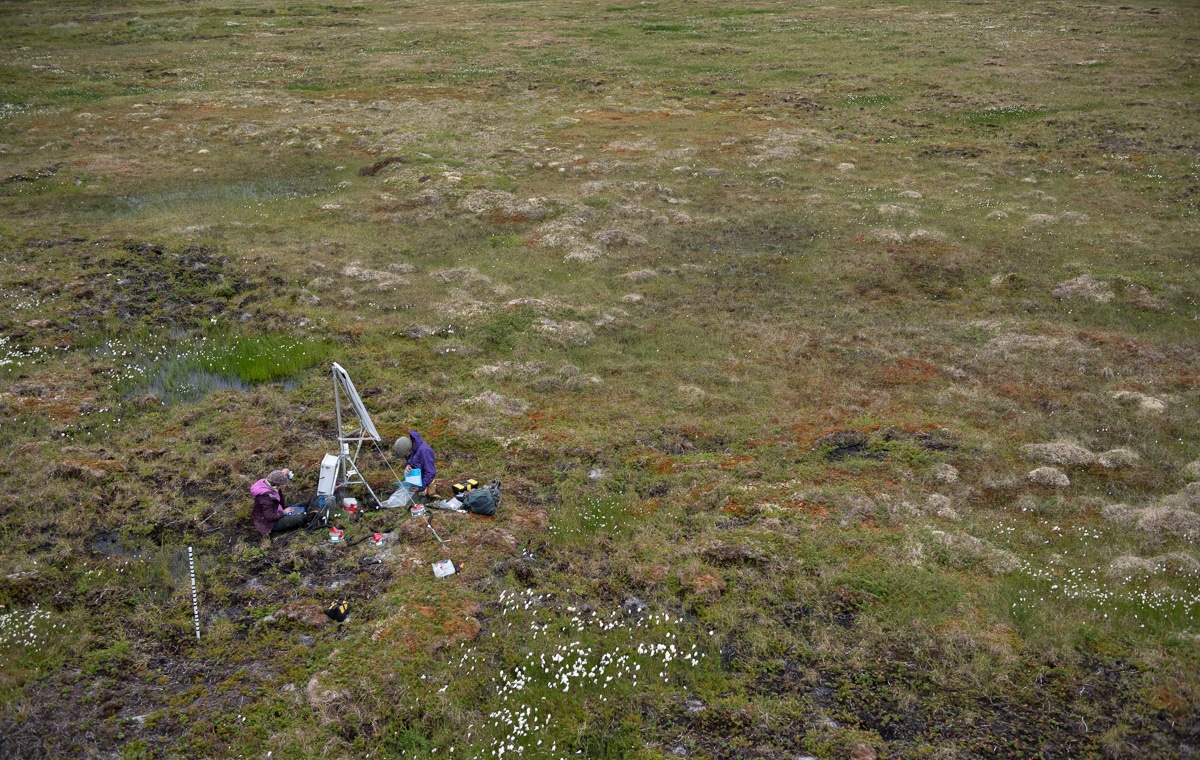
Photo by Chris Linder
“UnstableGround presents detailed information in a context that informs and inspires meaningful action. It illuminates the ways in which the fight against climate change should go hand-in-hand with the striving for social equity, and how solutions should likewise be equitable,” said Dr. Dawn Wright, chief scientist of Esri. “Understanding the complexities of these challenges visually and in a clear-headed way enables us to formulate better strategies for solving them, which is why an engagement platform like this gives me great hope.”
UnstableGround explores climate change in the Arctic through key numbers and metrics, maps and graphics, and stories and case studies, and can be accessed here:
www.unstableground.org




